Scratches, chips and rust can all ruin the appearance of your car. Using the services of a professional paint prepper is not a small investment. Fortunately, you can also paint the car yourself. Read our article for step-by-step tips on how to do so.
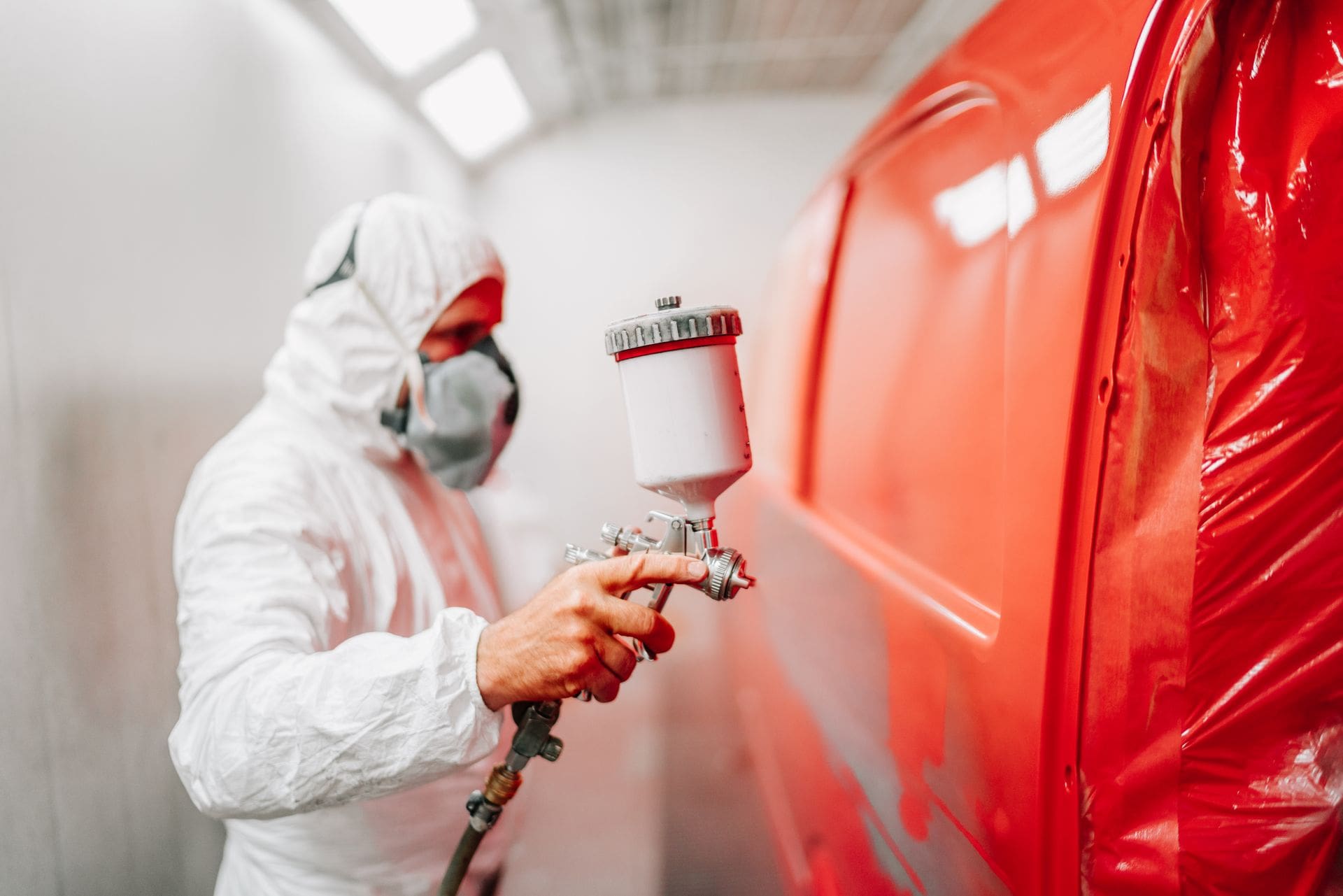
Scratches, chips and rust can all ruin the appearance of your car. Using the services of a professional paint prepper is not a small investment. Fortunately, you can also paint the car yourself. Read our article for step-by-step tips on how to do so.
Spray painting your car
When discussing ways to paint a car yourself, the most basic method worth mentioning is spray painting, which is the simplest and quickest method. However, this does not mean that you can simply spray the bumper or door and expect the car to look like new. In addition to the paint itself, you will also need a primer and a clear coat finish. Proper preparation will also be necessary.
When is spray painting a good idea?
Spray painting the car yourself only makes sense if you want to cover small imperfections on the bonnet, door or roof, such as small scratches, stone marks, etc. You can also use cans of spray paint to cover small elements, such as mirrors, spoilers or bumpers.
Painting the entire car this way is not economically viable and also takes a lot of time. In addition, the pressure in each can will decrease during use, which can lead to uneven application of paint. Therefore, for more demanding projects, it is better to use professional tools.
How to spray paint a car
First of all, you should prepare the fragment that needs painting. This ultimately comes down to cleaning the elements as well as getting rid of the remains of the old paintwork. If you want to mask an area covered with rust, you will need to first mechanically remove the rust. To do this, start off by using sandpaper or a sander, and then degrease the element and mask the surrounding elements with paper or another fabric. This way you will avoid unintentional splashes on the bodywork of your car. It is also good to always check the instructions given by the manufacturer of the packaging.
In addition to preparing the bodywork, before spraying the car you should also make sure the environmental conditions are ok. External factors will affect both the drying time and the actual appearance of the paint. Adequate ventilation and temperature are also important. The best temperature range is 20-25 °C.
If the bodywork is ready and the remaining conditions are appropriate, you can go ahead and start to spray paint the car. First of all, make sure you thoroughly shake the can for at least 2 minutes. Start off by applying a primer. The spray should be held vertically and at a distance of up to 30 cm from the painted surface, applying thin layers to avoid the formation of streaks. Wait a few minutes after applying the primer. Manufacturers usually state the drying time on the cans.
You can now apply the base coat. Stick to the same rules as with the primer. You may find that one layer is not enough. If so, apply 1-3 more layers, with an interval of 3 minutes between each layer. After the paint has dried, it’s time to apply the clear coat, which task is to harden the painted surface and prevent flaking and fading of the base coat.
Painting the bonnet, roof, doors and the whole car
There are two scenarios for painting a car yourself – painting the entire bodywork or individual elements. In the first case, remember to protect those elements that should not come into contact with the paint. This includes the windows, wheels or grill. However, if you only intend to paint one element, then you must cover the rest of the car. Alternatively, the doors, bonnet, bumpers or wheel arches can be removed and painted separately.
The procedure itself is very similar to spray painting the car. You will need to properly prepare each element and apply the paint gradually.
Preparing to paint your car
The most important part of preparation is making sure your car has been properly cleaned of dust, grease and even insects. During the next stage, we recommend you wear a mask and protective goggles, as you will have to remove the old layer of varnish. For this you will need sandpaper with a grit of 2000. You can use it to sand the entire bodywork. This can be done by hand or using an orbital sander. Once you have removed the entire layer of paint, clean the surface so that it is free of dust, and degrease it with a special designated product. You can now mask the windows and other elements that should not be painted.
Painting the car
After preparing the bodywork, it’s time to get down to painting the car. An air compressor with a spray gun will come in handy for this. Using compressed air allows for the paint to be evenly distributed.
However, before you start applying your dream paint colour, the area to be painted should be prepared with a special primer. Apply a thin layer, starting from the roof, and slowly working your way down to the bottom of the vehicle. Applying it with a sweeping motion will allow you to do so more evenly, and also let go of the trigger when you are not moving the spray gun. This way you will avoid the dripping and the appearance of stains. You should cover the car with 2-3 layers, and then wait until it dries.
After this time, you can start painting the car, following the same rules as for priming. Use sweeping movements, from the roof to the lower body parts. Remember to apply the paint evenly and accurately. And don’t rush it! This is especially important, as you will repeat this step at least 4 times. Make sure that the previous one is dry and dust-free before applying the next coats. To finish off with, apply a protective clear coat. Once you’re done, it’s time to polish your car. You can read more about this in the next post.
Let’s not forget about covering your car to protect it. If your car is parked in the same place for a longer time, protect it from wind, weather and dirt with a Car Cover for cars from 579 to 670 cm in length or a Car Cover for cars from 508 to 579 cm in length. It can be quickly pulled over the car body, fastened in no time and offers all the protection of a garage. The paint remains fresh and shiny, ready for your next road trip.
Thanks to the surface made of reflective aluminium, a breathable middle layer made of PEVA as well as a soft cotton lining, your paintwork will always stay fresh, shiny and ready for your next road trip, even when parked for longer periods with this Car Cover for cars from 508 to 579 cm in length with 3 protective layers or other similar car covers.
Should you paint your car in a garage or outside
Choosing the right place to paint your car is very important. Many people who like painting their cars themselves have their own garage. This is a good place to do so, provided it is properly prepared.
The most important thing is to thoroughly clean it from dust, which could settle on the freshly applied paint and create a rough surface. Therefore, after vacuuming the entire room, it would also be a good idea to wipe it wet. You should also remember about adequate ventilation, as paint fumes can be very harmful to your health.
If you don’t have a garage or a workshop, you can paint your car outside. However, before you do so, there are a few things you will need to keep in mind. In addition to dust, insects can also threaten the quality of your work. This is especially true in the spring and summer period. Mosquitoes, flies and moths often leave marks on freshly applied paintwork, and could even ruin the final effect. Another threat are weather conditions, especially rain, which is sometimes difficult to predict. Painting in full sunlight and humid conditions is also not recommended. So if you cannot at least choose a roofed area, then it could be safer to take your car to a paint shop.
Painting your car – costs
Why would you want to paint the car yourself, if you could simply use the services of professionals? The main reason for many people who decide to do it on their own is the high cost. So why is it so expensive?
Painting a car is an extremely time-consuming task, especially if you want to paint the entire vehicle. It also requires using a primer, base and clear coat finish, as well as masking paper and special tapes. Then there are labour costs, and also energy consumption. As a result, the cost of painting a car can sometimes amount half or more of its value, if your car is not very new.
How much cheaper is it to paint the car yourself? This depends. If you don’t have a lot of experience in this field, then there’s a fair chance that you will make some mistakes. As a result, the paint may be unevenly applied, streaks might appear, the paint could start to peel off, etc. In this situation, you will either have to repeat the entire process or seek the help of a professional, ending up spending more than you initially thought.

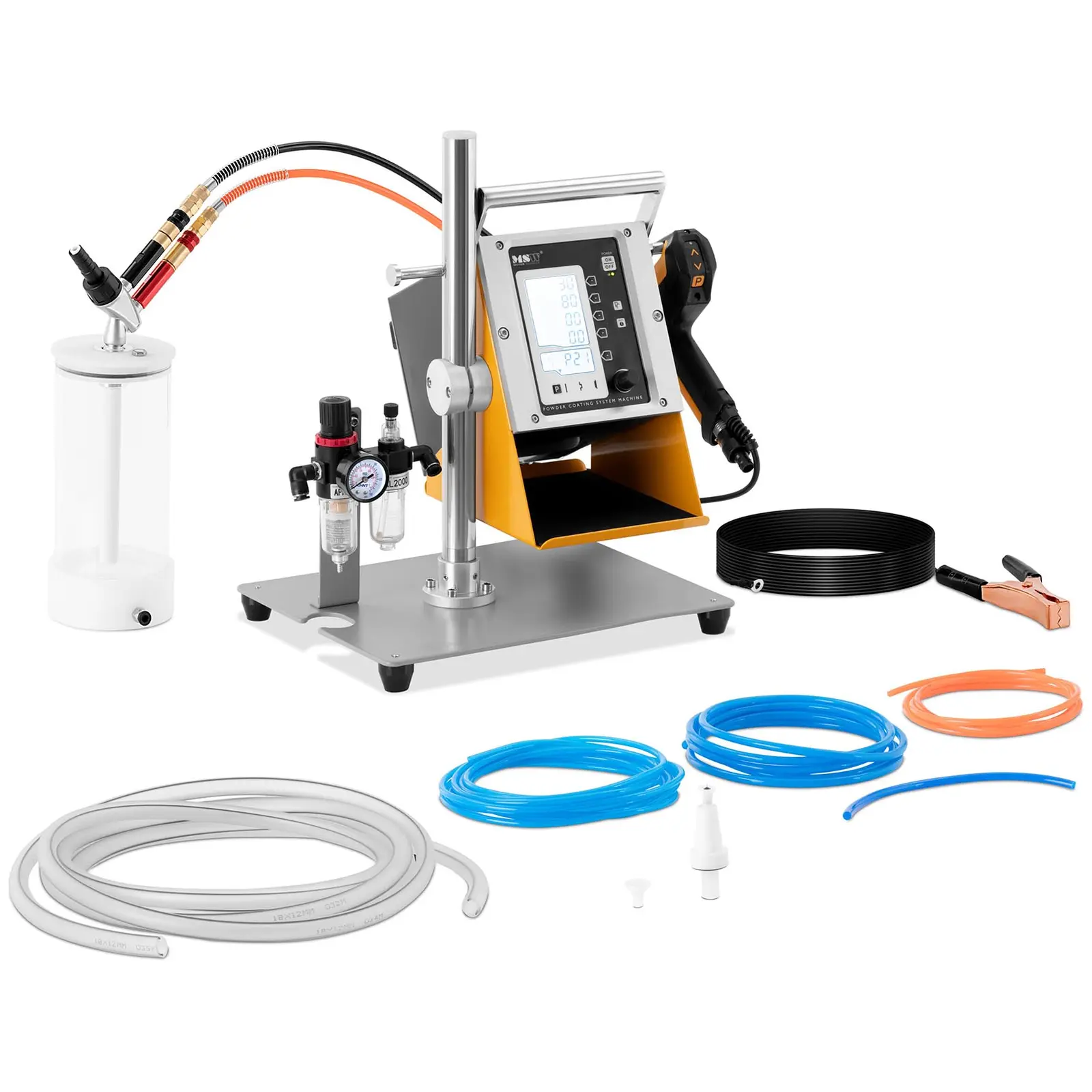
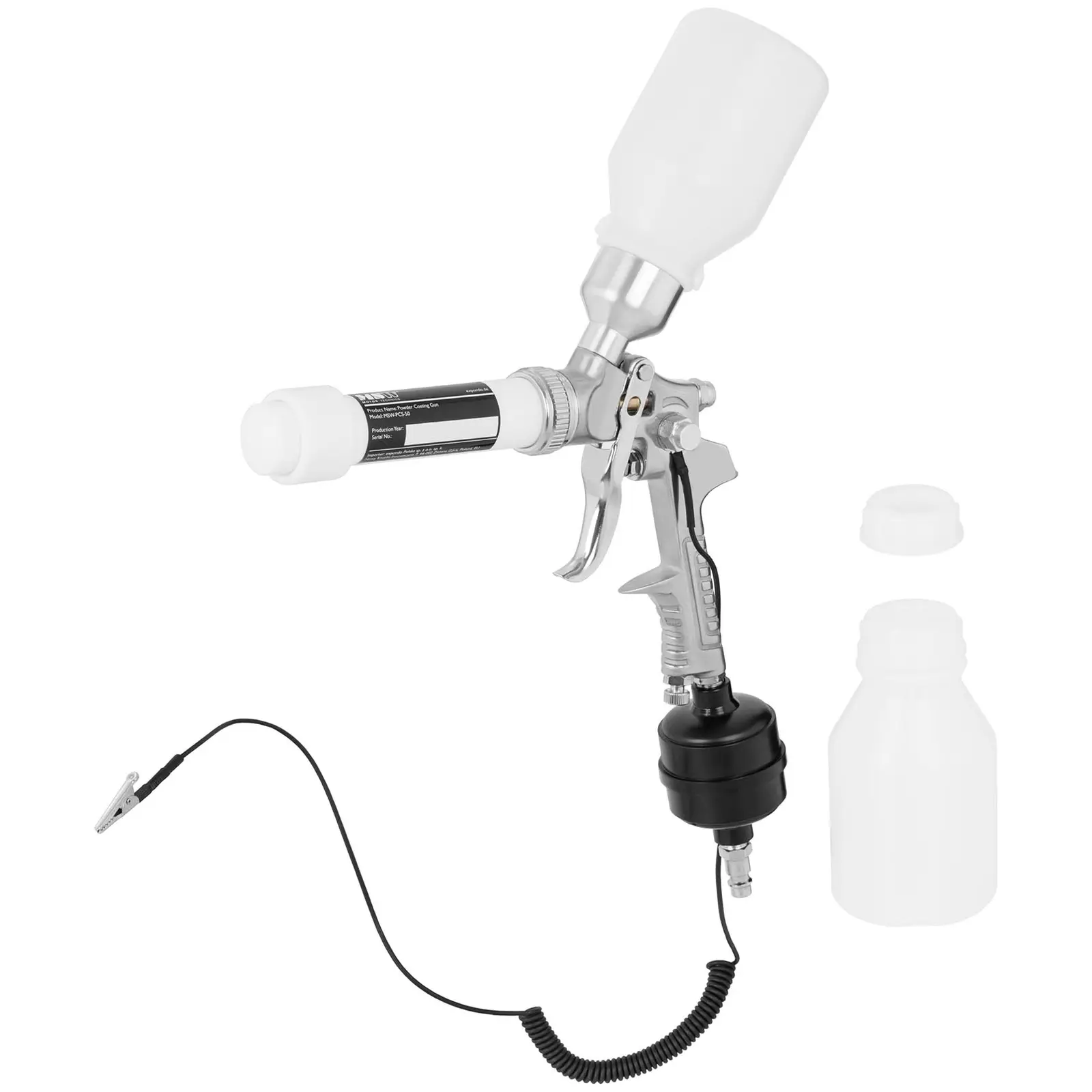
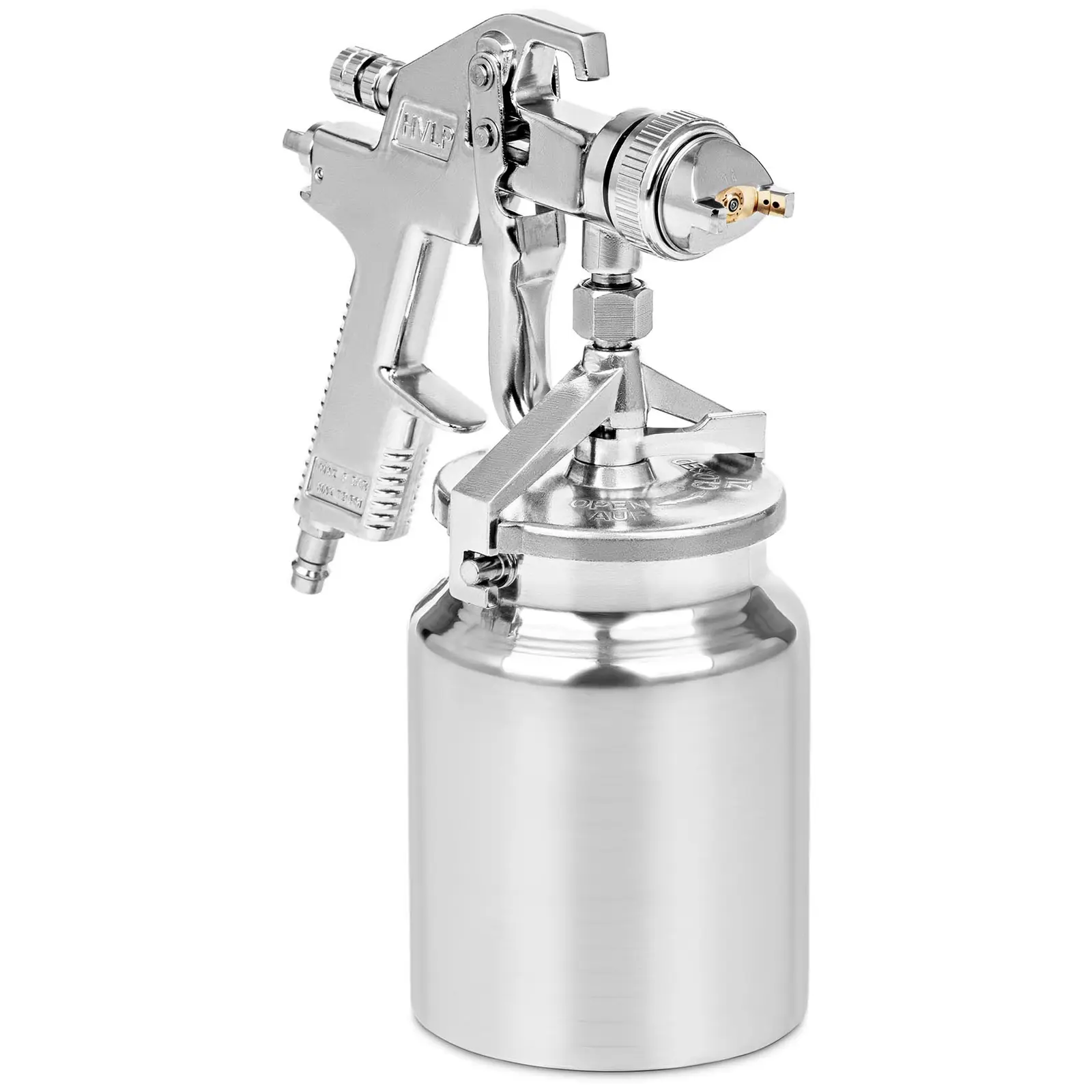
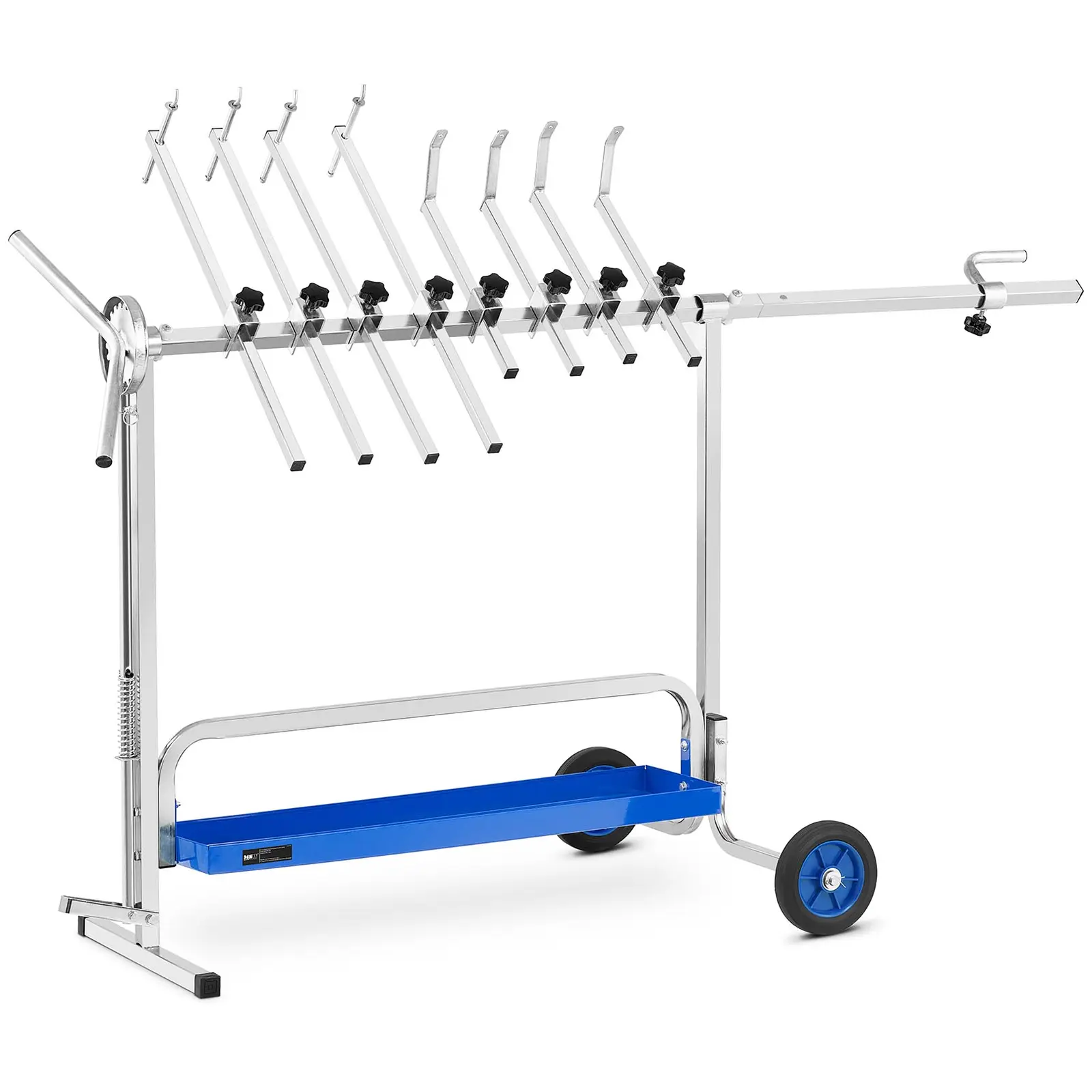

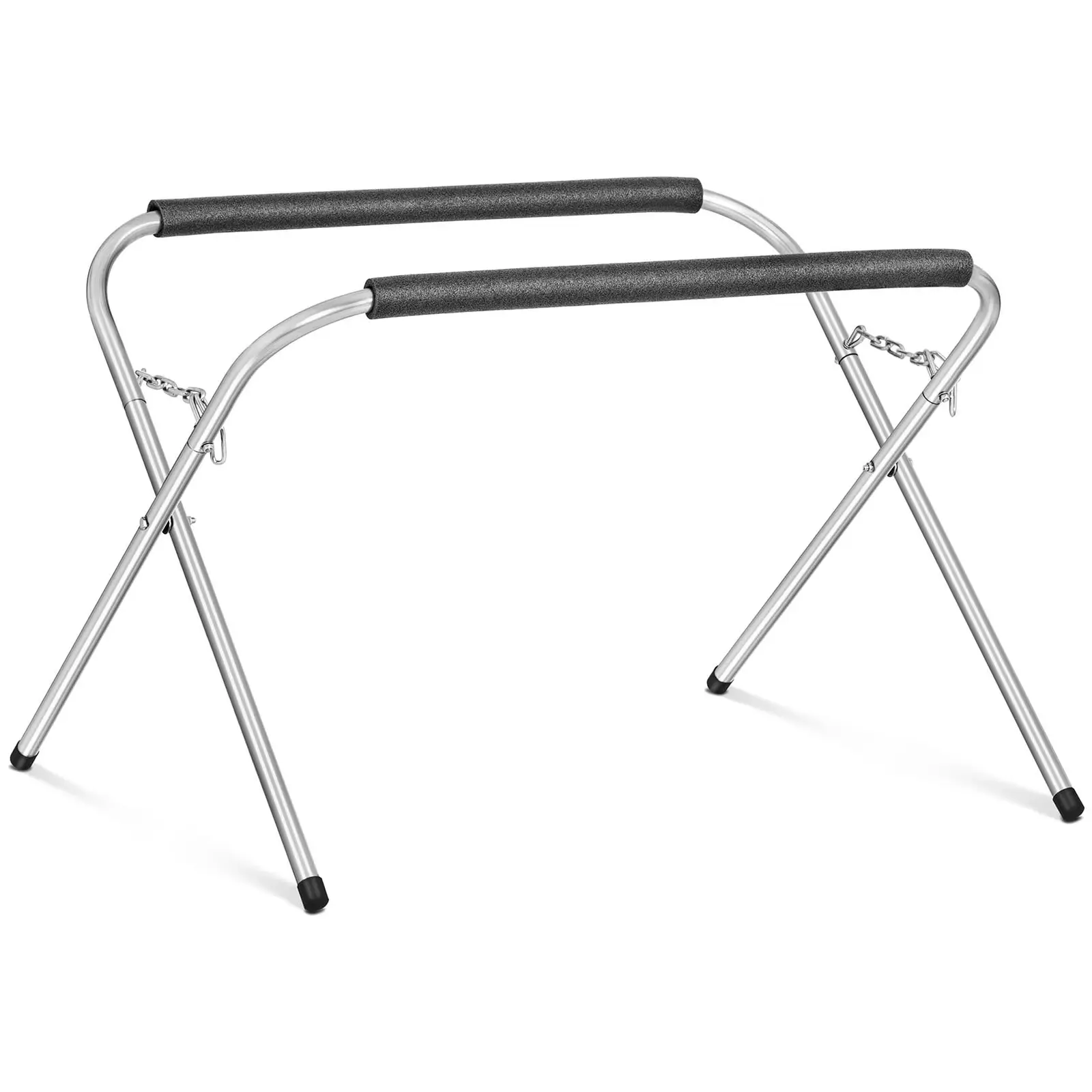






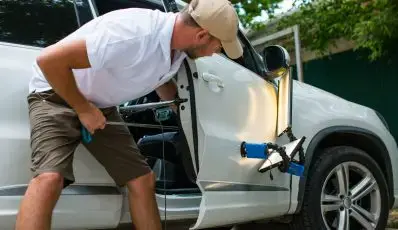
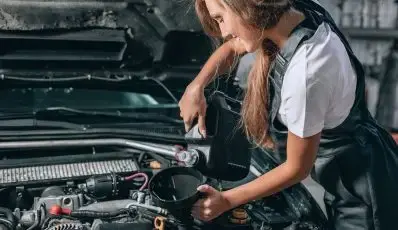
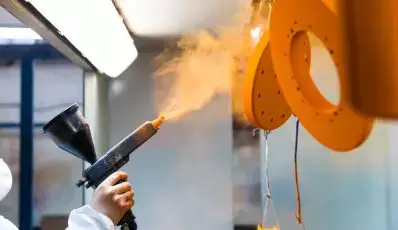
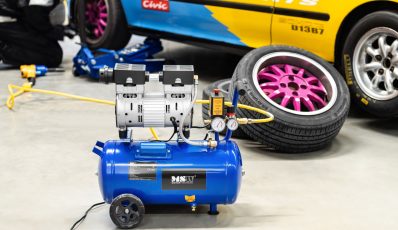

Share